Pan, Tilt Zoom Cameras Provide Increased Capability
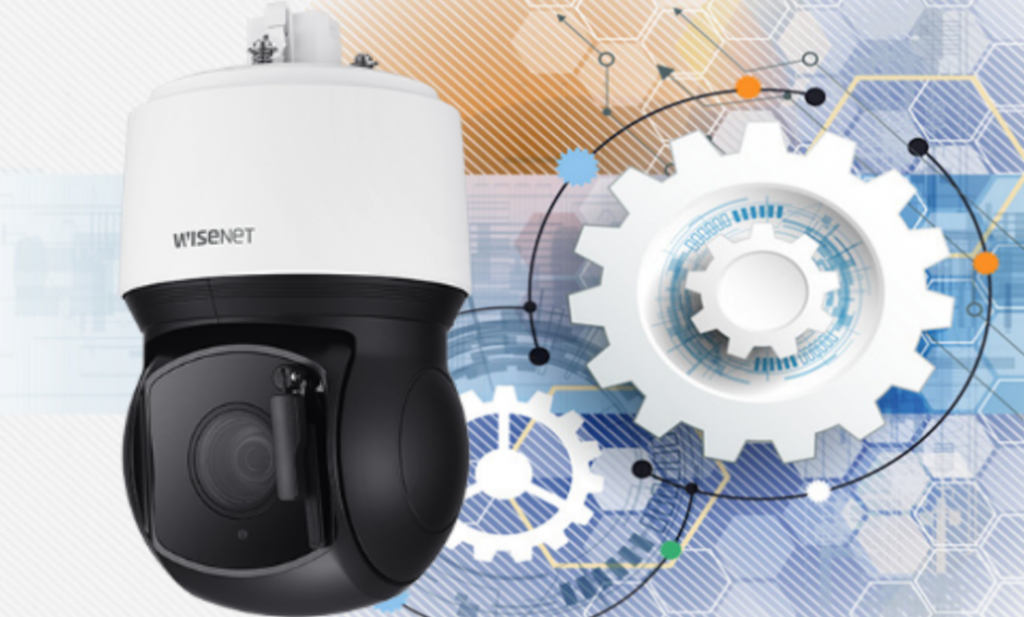
We have come a long way since the first pan, tilt, zoom (PTZ) cameras. The first PTZ cameras were relatively primitive. These early cameras shared the technology with television cameras and used vidicon vacuum tubes and other analog components to capture the video.
This article describes the evolution of the PTZ cameras from coax connected analog cameras to network-attached digital cameras with much greater capability.
The introduction of semiconductor components and sensors provided increased capability, but they still had the same video capability as the analog cameras. These surveillance cameras required a serial control connection to pan, tilt the camera and zoom the lens. Does anyone remember the RS485 interface and the Pelco-D protocol? Some cameras still use this protocol.
There have been many changes over the years. The most significant is the development of digital network-attached cameras with very high resolution. The ability to use a built-in Microcomputers provided greater functionality that included sophisticated object detection, recognition, motion detection, missing objects, and many other capabilities that provide enhanced security.
Review of PTZ Camera Technology
Today’s IP PTZ cameras are connected to the network. The coax cable and the RS485 interface are no longer required. Everything, including power (in some cases), is on the network. The PTZ IP Cameras are an essential part of the IP camera system.
The PTZ camera includes the camera, a pan-tilt motor, and a zoom lens. Some of the PTZ cameras include an IR illuminator so you can see at night.
Pan-Tilt Mechanism for PTZ Cameras
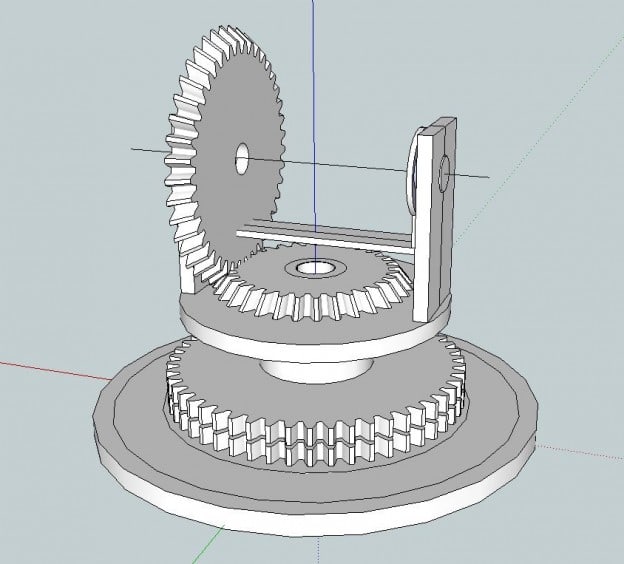
The pan-tilt mechanism controls the horizontal and vertical direction of the camera system. The speed of motion and accuracy defines the performance. The further away you want to view an area, the more precision you need.
There are two types of pan-tilt drive mechanisms. One type uses belts while others use gears, which is more precise.
The pan-tilt mechanism may also include position sensors that make sure the mechanism reaches the exact location required. With the right control system, it can be positioned to 0.01 degrees of accuracy.
The speed of motion required depends on what you want to see. If you plan to track a ship at sea, or maybe a truck moving down a road, you may be able to use a system that moves about 12-degrees per second. Tracking faster moving objects is much more difficult, and you may need a state-of-the-art high speed and higher cost mechanism. The maximum speed of the pan-tilt mechanism depends on the motor system and the camera system’s weight. For example, the XNP-8300RW PTZ camera from Hanwha pans up to 500-degrees/sec.
The PTZ Camera Zoom Lens
A zoom lens provides a continuous variation of the magnification. It consists of a set of lenses that work together to provide magnification and maintain focus. There are manual and motorized zoom lenses. The PTZ camera uses a motorized lens that’s controlled by software in your computer (or NVR).
The zoom lens is measured by the focal length or zoom ratio. For example, a zoom lens with a range of 5 to 150 mm is a 30X zoom lens. The significant factor in the zoom capability is the lens angle that it provides. The smaller the lens angle, the more magnification is provided. We can use this angle to calculate the field of view at a specific distance. To learn more about calculating the distance and field of view, please look at our article, Calculating What You Can See With Your IP Camera.
Some PTZ cameras include IR illumination to See at Night
An Infrared (IR) Illuminator is a light source from a light-emitting diode (LED). The illuminators used in surveillance applications are at the infrared frequency ranging from 700 nanometers to 1000 nanometers.
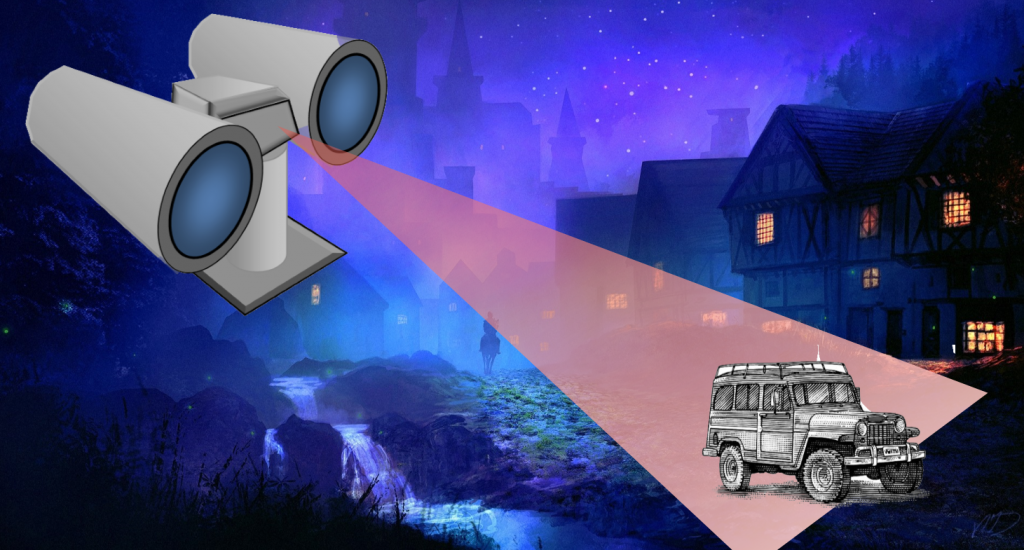
Optical IP cameras are sensitive to infra-red (IR) light. When it’s dark, IR illuminators that operate at 850 nm are used to illuminate the field of view. The IP cameras use cut-filters to maximize the different lighting conditions. In the daytime, the filter is on to block the infrared light, and at night the filter is turned off to maximize the IR spectrum. The water absorbs IR light in the air, so it doesn’t have a very long range. For example, the XNP-6550RH PTZ camera has one of the more powerful IR illuminators. It has a range of 500 m (1600 ft.) To get over 1600 ft, we use a special laser light source with focused beams. Laser illuminators with ranges of over 2000m (3280 ft.) are available with custom long-range PTZ camera systems.
Evolution of PTZ Cameras
The early PTZ cameras used a different technology to provide surveillance. The latest PTZ cameras have a much higher resolution, and the wiring is much simpler. This simplification of communication has made it much easier to self-install.
Resolution of PTZ Cameras
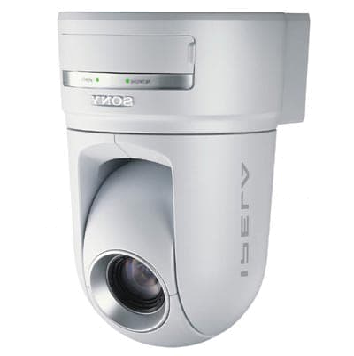
The first PTZ cameras used analog camera systems that had much lower resolution than today’s megapixel cameras. They also used coax cables to transfer the analog video signal to tape and then DVR recording systems. The first PTZ camera systems only supported grey-scale video (not color) and measured and defined performance using NTSC standards National Television System Committee (National Television System Committee). Note the USA used NTSC (525 lines at 60 fps) while Europe used PAL (625 lines at 50 fps). A camera with 525 vertical scan lines had only 480 visible lines. The resolution was defined by the number of black-white transitions that could be seen in a test pattern. These early cameras provided a pixel resolution of about 330 horizontal pixels.
Axis was the first company to introduce the IP camera, and Sony introduced the first PTZ camera (made by Canon). All these early cameras provided similar resolution as the analog cameras. The resolution was classified as VGA, or sometimes 4CIF. Please read our article, The History of Video Surveillance, to learn more.
Today we measure resolution by the number of pixels in the sensor rather than TV lines. IP cameras with 1-Megapixel resolution were introduced by IQinvision, in 2002. New megapixel sensors provide a resolution of over 8-MegaPixel (3840×2160). The higher the resolution, the wider the field of view.
Resolution and Field of View
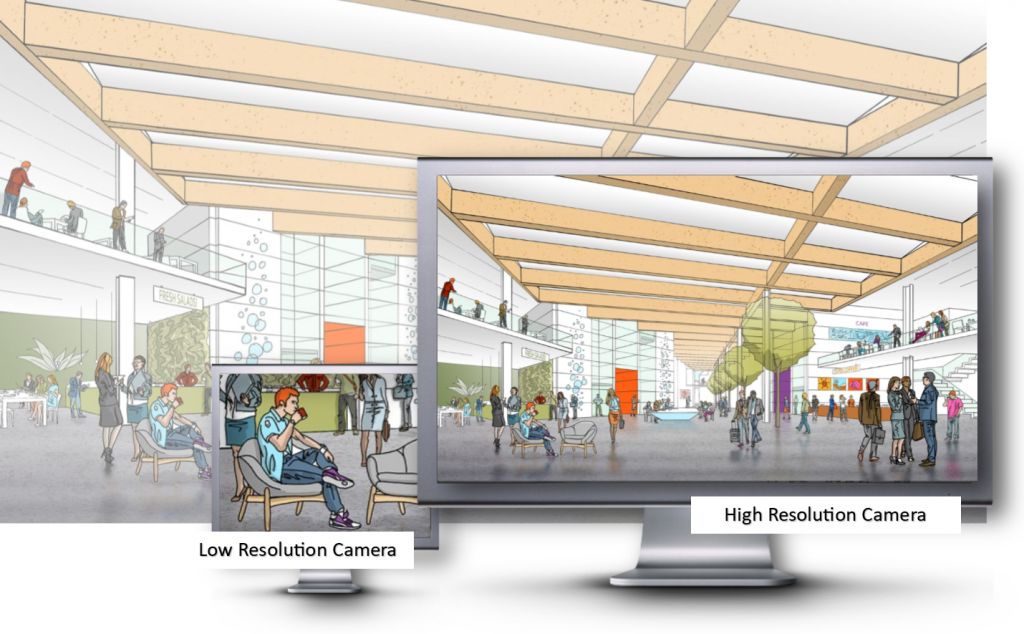
The original analog cameras provided enough resolution to identify a person’s face in a 2.1 ft field of view. The latest 8-MegaPixel cameras provide a 24 ft. field of view.
To learn more about camera resolution, please look at our article, Understanding IP Camera Resolution Specifications.
Zoom Lens Capability of the PTZ Cameras
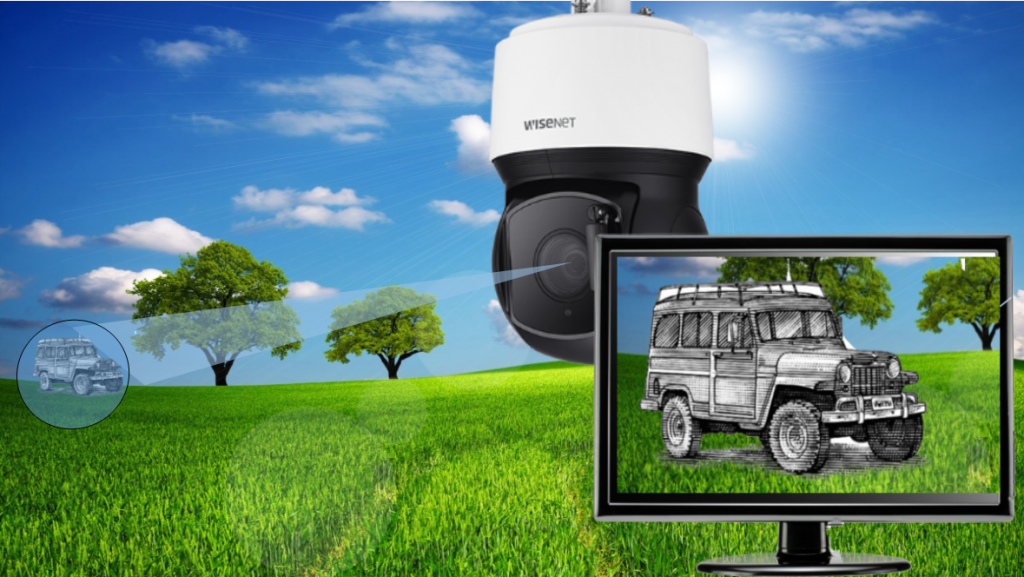
The first zoom lenses provided about a 16X range of magnification. The latest PTZ cameras have much greater zoom capability. For example, the XNP-6550RH PTZ camera has a zoom range of 55X. This means it can see things over 3.5 times further away than the early PTZ cameras.
Pan and Tilt Capability
The new PTZ cameras can pan (left-right) the cameras through a 360-degree range and tilt (up-down) much quicker and with greater precision than ever before. For example, the XNP-8300RW PTZ camera has a maximum pan speed of 500˚/sec, with a manual movement of 0.024˚/sec~250˚/sec.
PTZ Cameras are Intelligent
IP cameras now include more intelligence than ever before. They can differentiate between a person and a vehicle and can track the target as it moves. Imagine following a person walking in a parking lot as they go to their car, or maybe tracking a person as they enter a building. The video analytics and intelligence provided by the new PTZ cameras enhance your security.
Specialized Long-Range PTZ Cameras
Do you need to see very far away? If you need a system that can see up to 5 miles away, you need a very long-range optical PTZ systems with IR illumination, or the thermal imaging PTZ systems that operate without any lighting.
The off-the-shelf PTZ cameras provide IR illumination for night viewing at a range of up to 1,600 ft (500m).
Read more …
Custom made camera systems provide extreme range capability. They are available with long-range laser illuminators (5000m) as well as thermal cameras that can see for miles without any light.
Read more …
PTZ Evolution Summary
The pan, tilt, zoom cameras have been around for many years. In the last couple of years, the capability and functionality have increased dramatically. The pan and tilt speed has become more accurate and faster, and the zoom lens provides much more magnification. The most significant advance is the tremendous increase in resolution. PTZ cameras have evolved from VGA to 4K resolution providing much greater clarity and a larger Field of View.
If you would like help selecting the right PTZ camera, please contact us at 800-431-1658 in the USA, 914-944-3425, everywhere else, or use our contact form.